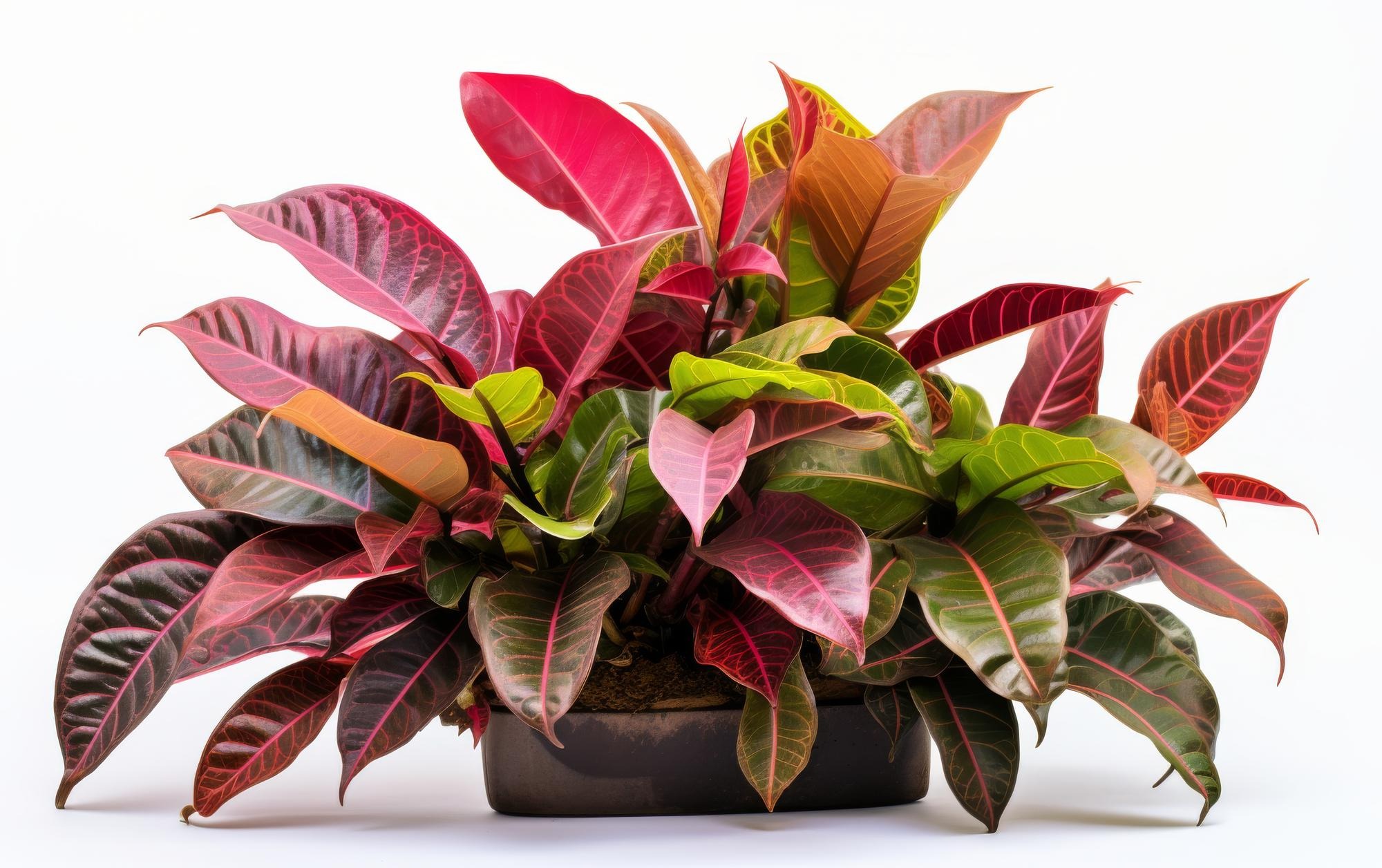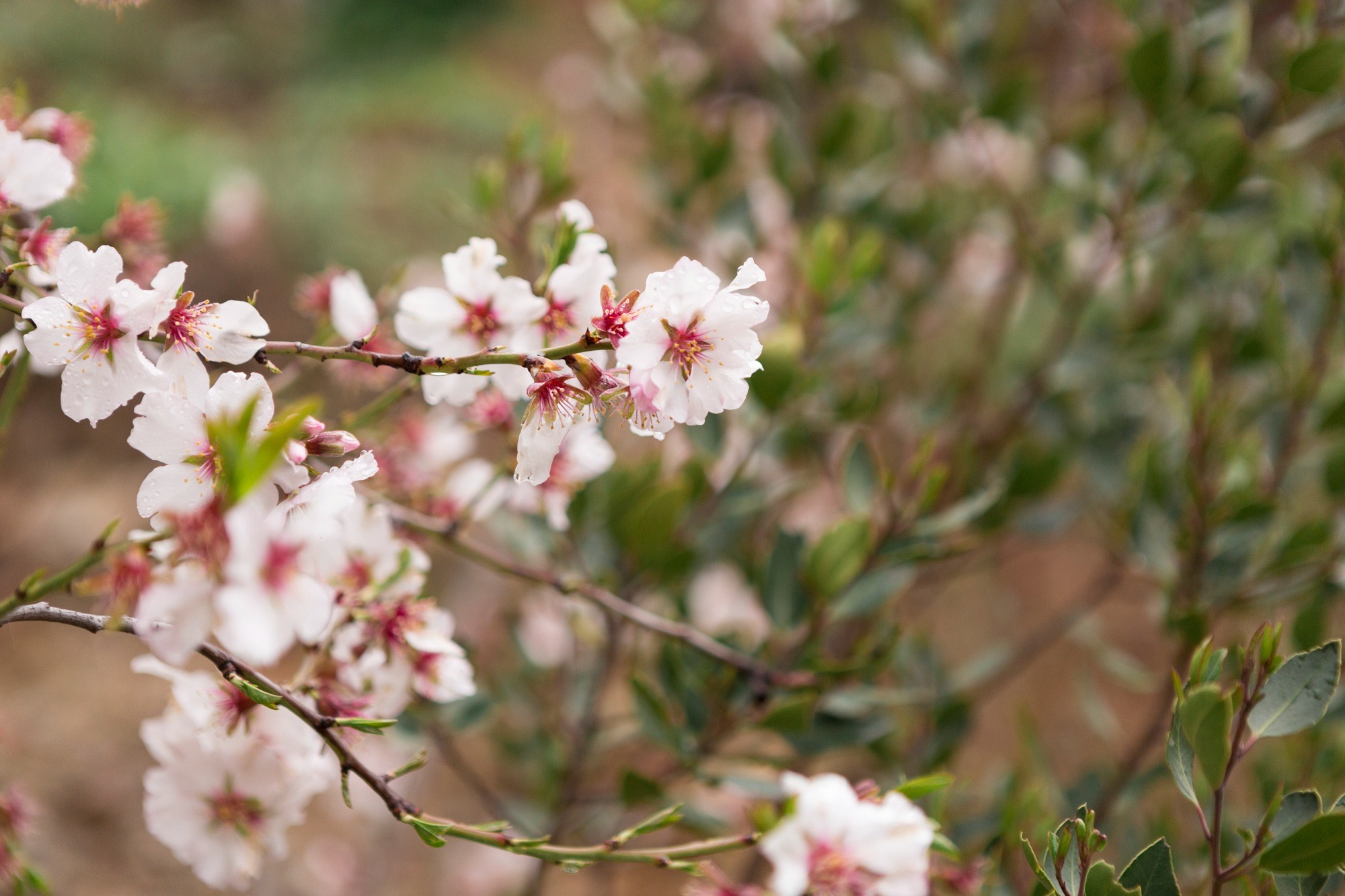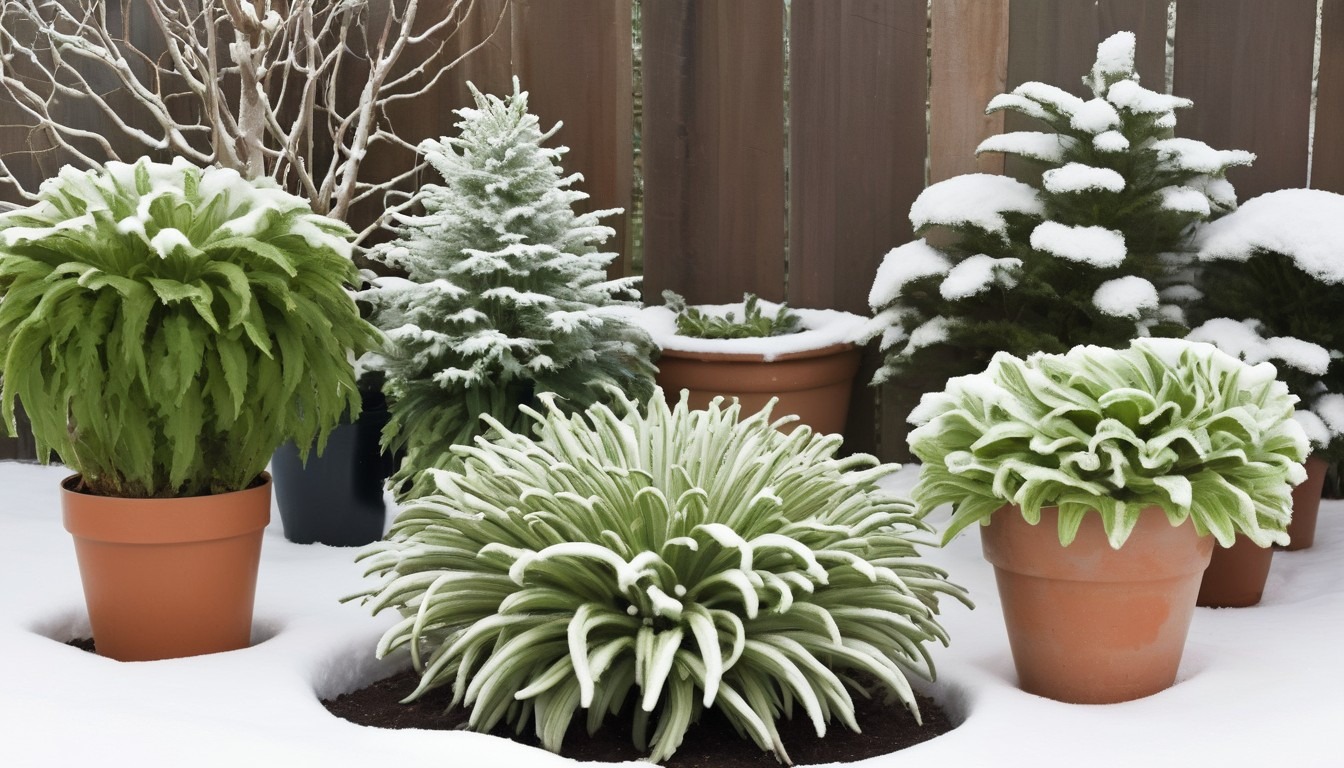How to Grow and Care for Pink Princess Philodendron
Hey there, plant lovers! Ever stumbled upon a Pink Princess Philodendron and thought to yourself, “This beauty needs to be part of my green family”? You’re in good company! This plant, with its stunning pink and green variegated leaves, is a showstopper. But, as with all royalty, the Pink Princess comes with its own set of care instructions to keep it thriving. Worry not, because I’m here to spill the tea on all things Pink Princess.
Introduction to Pink Princess Philodendron
What’s the buzz about the Pink Princess Philodendron, you ask? It’s not just its eye-candy looks; this plant is a rare gem in the plant world. Each leaf is a masterpiece, thanks to its unique pink variegation. And guess what? No two plants are the same! That’s right, you get your own unique piece of living art. But, here’s the catch – it demands a bit of pampering.
What Makes Pink Princess Philodendron Unique
The Pink Princess is not your average houseplant. Its pink variegated leaves make it a sought-after specimen for plant enthusiasts. This pink magic is all thanks to a genetic mutation, making each leaf and plant uniquely beautiful. But, with great beauty comes great responsibility (and a bit of a challenge) in care.
Getting Started with Your Pink Princess
First things first, finding the perfect spot for your Pink Princess is key. It’s a bit like Goldilocks – not too much light, not too little, but just right. A spot with bright, indirect sunlight will make your plant’s day. And when it comes to potting, think breathable and drainable.

Potting and Repotting Basics
- Soil Requirements: Opt for a well-draining, airy potting mix. The Pink Princess appreciates moisture but dislikes soggy feet.
- The Ideal Pot: Choose a pot that gives its roots room to grow but isn’t overly spacious. Drainage holes are a must to prevent water from pooling.
Essential Care Tips
Watering your Pink Princess is more art than science. Aim for consistently moist soil, but avoid waterlogging. A little less water in the cooler months is a good rule of thumb. Bright, indirect light is the sweet spot for this plant, keeping those pink variegations vibrant. And don’t forget about nutrition – a balanced, slow-release fertilizer during the growing season does wonders.
Pruning and Propagating
- Pruning Tips: Snipping off any leggy growth encourages a fuller, bushier plant. Plus, it keeps your Pink Princess looking its regal best.
- Propagation Methods: Why not spread the love? Propagating your Pink Princess is straightforward. Cut a stem with at least two nodes and pop it in water or moist soil, and voilà, you’re on your way to creating more pink princesses.
Common Problems and Solutions
No plant is without its challenges, and the Pink Princess is no exception. Yellowing leaves can signal overwatering or poor drainage, while pests like aphids and spider mites can crash the party uninvited. Regular checks and prompt action can keep these issues at bay.
Advanced Care Techniques
To really make your Pink Princess shine, consider these pro tips. Enhancing leaf color can be as simple as optimizing light exposure (without direct sunlight) and tweaking your fertilization routine. Keeping an eye on temperature and humidity also goes a long way in maintaining the health and vibrancy of your plant.
Conclusion
Caring for a Pink Princess Philodendron might seem daunting, but it’s incredibly rewarding. This stunning plant not only beautifies your space but also brings a sense of accomplishment as you watch it thrive under your care. With these tips and a little love, your Pink Princess will be the jewel of your plant collection.
FAQs
- How often should I water my Pink Princess Philodendron?
- Keep the soil consistently moist but not soggy. The frequency depends on your home’s humidity and light, but a good rule of thumb is when the top inch of soil feels dry.
- Can the Pink Princess Philodendron tolerate low light?
- It prefers bright, indirect light. Low light can diminish the vibrancy of its variegation.
- How do I know if I’m over-fertilizing my plant?
- Signs include salt buildup on the soil’s surface and leaf burn. Use a balanced, slow-release fertilizer as directed to avoid over-fertilization.
- What should I do if the leaves start losing their pink variegation?
- Increase exposure to indirect light to encourage the return of pink variegation, but avoid direct sunlight.
- Can I keep my Pink Princess Philodendron outside?
- Yes, but in a sheltered spot that mimics its ideal indoor conditions: bright, indirect light, and protection from extreme elements.
Remember, the journey with your Pink Princess Philodendron is a marathon, not a sprint. Enjoy the process, and don’t hesitate to reach out to fellow plant enthusiasts for tips and tricks. Happy planting!


